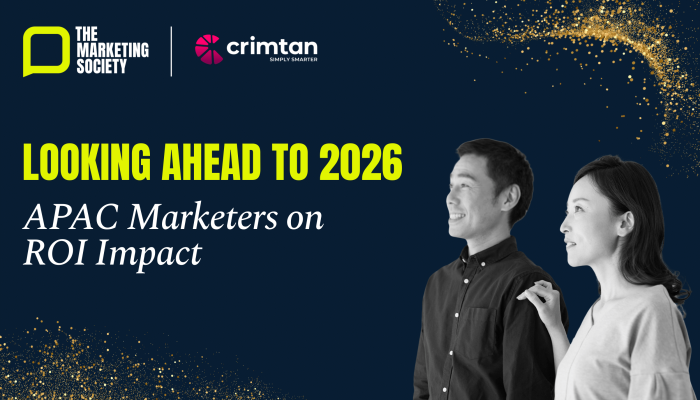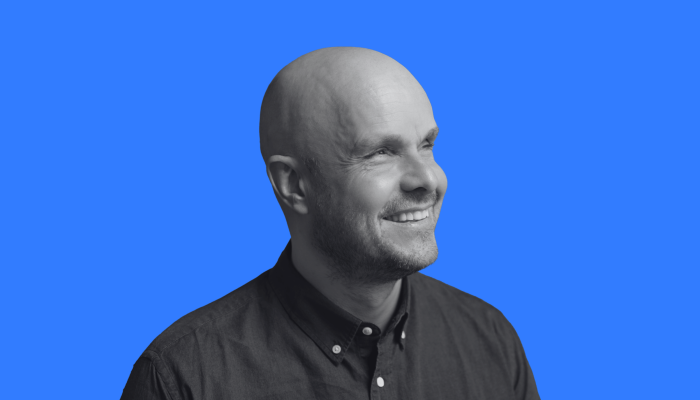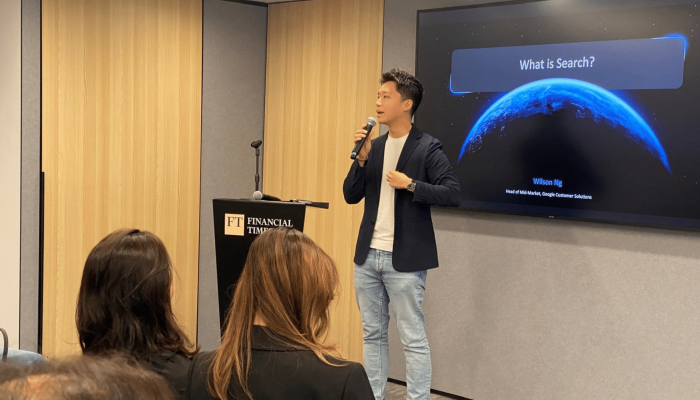Well, I met Martin Sorrell in November and he said he was going to support Essence to grow in this region. Some of the MEC and Maxus leadership have joined us to help this across the markets. Our geographical footprint has evolved; I have gone to now 10 offices. We opened in Delhi last year with Google as our client, but we’re hoping to announce some pretty big new ones soon. We’re scaling fast in India. I have the people; I have the clients and I get to be selective about which ones we work with.
Google is Essence’s primary client globally. But many do point to the dangers of agencies having just one large client supporting them. How important is it for you to now diversify your base?
When I joined Essence four-and-a-half years ago in Singapore, it was just 10 people running a small part of Google. But even then I said, great as Google is, it’s a business risk having just one client. So the company was trying to diversify even then, but given the exponential growth of Google and its products and opportunity to serve them in more markets was more than enough for us to digest. The will was there, but the reality was we had to build the foundation.
Now even without the [MEC\Maxus] integration, we have new clients; I have another five or six now. We have FrieslandCampina globally, an FMCG company. Diversifying is my top priority though, because clients benefit from their agency working with different sectors. The integration has accelerated this, but we do need to steer ourselves.
It’s interesting you mention FMCG given the recent headlines we’ve seen about Unilever and P&G re-examining their budgets? In light of this, are you pessimistic for this year?
I think they are looking at new ways they can use their budgets. I’m a marketing person by background. In the FMCG world, people have many options. So FMCGs are in that transitional stage of how do they shift their marketing dollars. They’re still getting that revenue in stores while everyone searches for everything online. FrieslandCampina appointed us to assist with their digital transformation, but for FMCGs are moving slow. They just need to work out whether to push their money to digital or traditional and that’s why it’s fluctuating.
Many clients as well are choosing to take huge chunks of business in-house. Some have said they’re looking for more direct control over their media spending . What’s your take on that?
At the end of the day, what CMOs are prioritising will really influence the industry as a whole. If they have marketing teams in-house, they are constantly talking about what works and what doesn’t. But CMOs don’t always have enough information on their own to make some calls.
Some clients like Netflix still believe in in-housing all of their programmatic. There is an upside because you do have full control. But at the same time, you lose some of that objectivity because you’re just looking at your own business and brand. In-housing is focused, but you could be blinded by knowing only your business and your audience. Taking it out, and you are putting trust in someone to manage your buying, but if you have the right partner, you can test your insights more and gain the right guidance.
Google is interesting as they are a tech company, but they chose not to in-house their marketing services. We’re doing all their digital marketing, including programmatic, and that’s their clearly conscious decision to stay objective with their own and other media platforms. When do you everything in-house, are you really learning what’s happening in the ad tech space?
Do you use Google’s platform to buy Google’s media placements?
We do, but we also use multiple DSPs. We are platform agnostic. We assess the client and the market, because a platform’s maturity may be different in different markets. You need different experts to do this, not just one programmatic buyer.
On the subject of media buying, what do you think of the growing trend towards private marketplaces?
Again it’s very dependent on market. In the US you can get good quality inventory in a private marketplace, as well as public. But here, it varies so much, it’s hard to say what’s the best.
In India and Japan, you have a private marketplace, but there is not enough inventory. It’s not a mature ground to even think about investing their dollars in. In Japan, Dentsu has a private marketplace, but there’s not enough inventory so nobody is using it. They set it up to sound ahead of the game, but it doesn’t help marketers at the end of the day. I think here only Australia has the right established approach.
You’re based in Japan; what’s the market like there? For a country as technologically innovative, are they really lacking a robust programmatic marketplace?
Well I was originally sent to Japan to open the Essence office for Google. I was actually meant to be in Singapore eventually, but Japan was the gateway. As it’s the third largest economy in the world, Google wanted to succeed there.
So in the US we were experts in the programmatic marketplace, but Japan is a whole other creature. You cannot measure things first of all. Things you discuss in America, don’t even exist here, like end-to-end measurement. It’s a very traditional space here. You measure reach, brand awareness, but not the viewability and conversion. Since last year, I think programmatic has improved, but Japan is about two years behind the US.
I’m curious to hear your take on what’s next for Facebook, as they have been making many headlines over recent months in the media and marketing space.
Facebook I think needs to take the next step forward to engage their audiences. The platform is mature, but how they deliver content needs to probably evolve. A lot of people still spend money on Facebook, and in APAC Twitter is increasing. But people won’t even bother looking at ads if the content and formats are not interesting. That’s what these companies will continue to need to look at if they want to command ad spend. For a lot of people, Facebook is not the platform they signed up to anymore. Everyone is on it, from grandmas and uncles.
From left: Jay Lee, Anand Chakravarthy, Kyoko Matsushita, Jovy Gill, T. Gangadhar, Kunal Guha
On a different note, GroupM Japan has a noticeably high ratio of female leaders when compared with other Japanese media agencies: there’s you, Wavemaker director Masako Wakana and chief client officer Linda Lee. Was that a conscious effort by GroupM?
I came back to Asia after spending some time away. Coming back here, and it’s majority men still. You know they would look me up and down and say: ‘Where’s your boss?’ In Japan, the most senior person goes into a meeting first, so my colleagues would push me ahead. And the person [in the meeting] would say: ‘Where’s the senior representative?’ And I would just say, it’s me. I worked here briefly 20 years ago when I was 22, and to an extent the culture has not changed [since then], in that it’s ok to look at you from head to toe. And I just thought ‘wow’.
GroupM does have more female leaders, but I don’t think it was a quota thing. The leaders here have been in those positions for a while. But I think it’s pretty rare in Japan. I happen to be a woman and Japanese, and I don’t think there is anyone else with that background and an APAC remit – as far as I know.
People in Japan remark that they don’t see many Japanese women with an APAC remit and they are surprised when they see me. And what surprises me is that they are surprised by it. I do feel in my capacity that I can help change things in this market. Half of the office here is female – and not just because I wanted female employees – but I want to create an environment where you can choose to have a family whether you’re a man or woman and be yourself. That’s harder in some companies here than others. As a leader, I think I can create that environment; more liberal, open and where people can express themselves.”
My understanding of work culture in Japan is that the boss has to be the first to leave on a working day. Do you set an example to ensure staff leave work at a reasonable hour – especially given some of Japan’s history with overwork?
This environment and that of GroupM are not traditional Japanese environments. People leave whenever they’re done and that’s totally fine: I wouldn’t want anyone to stay because I’m in the office. I didn’t grow up in that environment, so I don’t even know what it’s like. My staff work hard; digital is 24/7. But they have control over their time and work. And it’s my mission to create that environment.
Of course spotlight was shed on the issue for all the wrong reasons with the suicide of Matsuri Takahshi
It’s such a sad reality. [Dentsu] did make a very public announcement, but are they all working differently now? Not really. It’s not just agencies; clients expect people to work that way in Japan. It’s a chicken and egg situation, so the marketers need to change their way of working. In China it’s the same. You use WeChat or Line to tell your agency what to do. If it’s a launch that needs to happen at midnight, that’s different, but some ways of working are just embedded in the culture. It’s still predominantly like that. So with that in mind, which clients and business partners do we want to work for? That’s why we have to be super selective. But these challenges are what keep the job interesting for me.
Looking forward in 2018, what else lies ahead for Essence aside from the expansion and new business push?
Everyone is looking for data-first, so I really want to keep building that and measurement in the region; find smart and engaging ways to speak to the end users. Ultimately, that is what impacts the bottom line.
Another thing I’m looking at quite aggressively is bringing media and creative much closer together. You can choose the right media platform, but if the creative is poor and the messaging not right, the whole thing just doesn’t work. Creative is 70 per cent the success of a campaign. I’m looking at building a [creative] hub in this region this year. Right now I’m thinking where; Sydney looks like a potential location. I’m also thinking of partnering with other agencies in the WPP group. It will probably differ by market, but that will be my focus and it will help clients deliver campaigns and get results.




